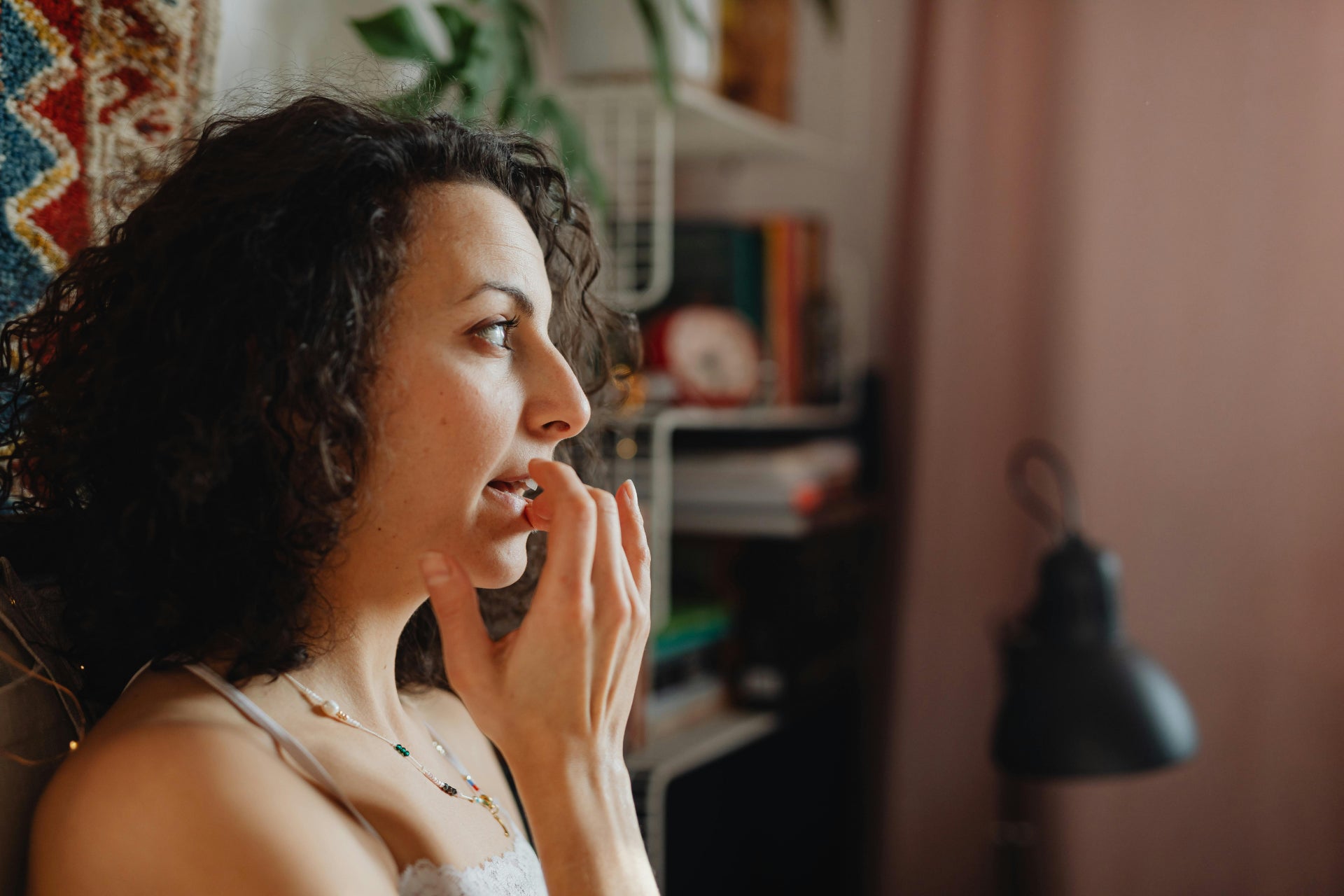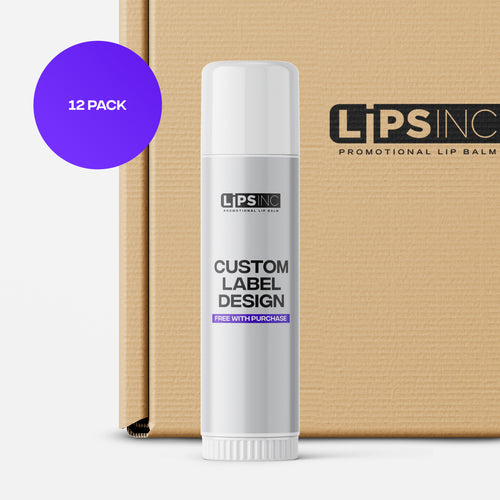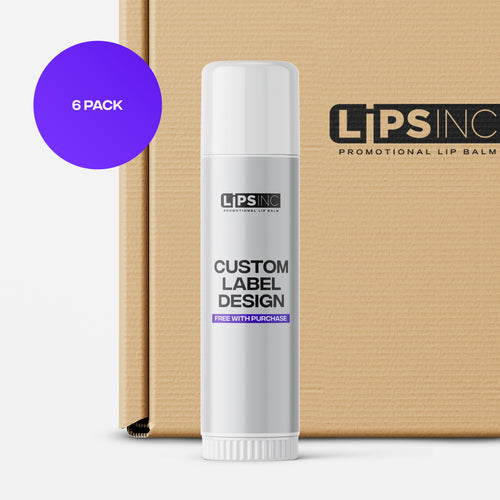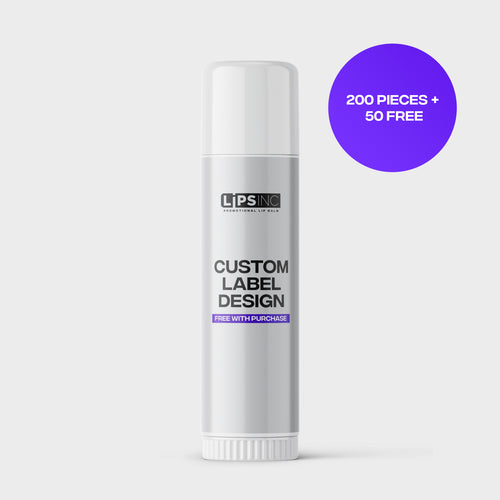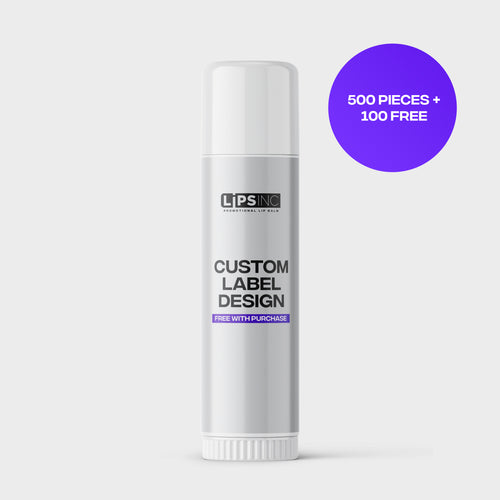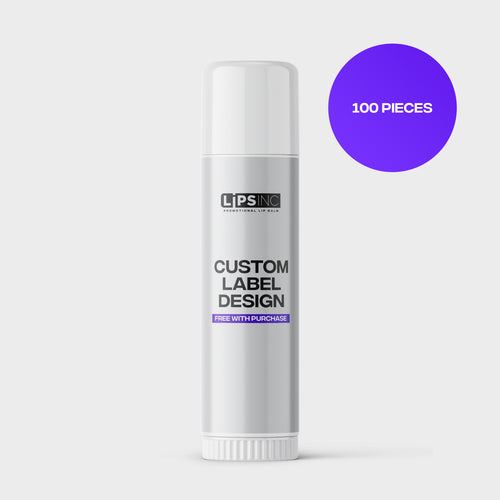Lip balm is one of those everyday items that can provoke debate: is it beneficial or potentially harmful? This question isn't as simple as it might appear. Let’s delve into the details and explore how using lip balm affects our skin's most delicate area.
The Good Side of Lip Balm
Lip balm primarily acts as a protective barrier. When you apply lip balm, you're creating a shield against the harsh effects of sun, wind, and cold, which can lead to chapped lips. Ingredients like petroleum and beeswax are common in lip balms and serve this purpose effectively. For those with dry lips, a swipe of balm can provide immediate relief. Many lip care products contain hydrating ingredients like hyaluronic acid or glycerin, which help to retain moisture. Moreover, lip balms with added SPF protect the lips from UV rays, preventing sunburn and potential skin damage.
The Potential Downsides
However, there’s a flip side. Some argue that frequent use of lip balm can make your lips addicted to it. This isn't a physical addiction but a cycle where the more you use, the more you feel you need it. Some lip balms contain menthol or salicylic acid, which can cause irritation for some people. The sensation of menthol might feel refreshing, but it can also dry out the lips further in the long run. There’s also the concern that some chapstick might not moisturize as effectively as they claim, leading to a need to reapply frequently. This can cause a psychological dependency, where one feels the need to constantly apply balm to keep lips from feeling dry. Overuse of chapstick can also lead to build-up of dead skin on the lips, which can make them feel rough and look unappealing.
The Psychology Behind Lip Balm Use
The sensation of applying a soothing balm can be psychologically comforting. The smooth texture gliding over the lips provides immediate sensory satisfaction, and there's often a pleasant fragrance or taste associated with the balm. This can turn into a habitual behavior where one reaches for the lip balm in moments of stress or discomfort, using it as a coping mechanism. In essence, the product becomes a tiny, portable form of self-care. However, this habit can shift from being a simple pleasure to an obsessive need, where the absence of a chapstick causes anxiety or discomfort, which would indicate that the user is addicted to chapstick.
The Environmental Impact of Lip Balm
Another factor to consider is the environmental impact of lip balm. Many lip balms come in plastic containers that are not easily recyclable, contributing to environmental waste. Furthermore, some chapsticks contain petroleum-based ingredients, which are derived from non-renewable resources. The ecological footprint of these products can be significant when you consider how often they are purchased and disposed of. As a consumer, it's worth looking into lip care products that use sustainable packaging and natural, eco-friendly ingredients to minimize your environmental impact.
The Role of Diet and Hydration in Lip Health
Lip health isn't solely maintained by topical products; it's also heavily influenced by your diet and hydration levels. Vitamins such as A, C, and E are essential for skin health, including the skin on your lips. A diet rich in these vitamins can help keep your lips supple and hydrated from the inside. Similarly, staying adequately hydrated is crucial. When the body is dehydrated, one of the first places it shows is on the lips. They can become parched and may crack, prompting an increased use of lip balm. Therefore, a well-balanced diet and proper fluid intake are foundational to naturally healthy lips.
Innovations in Lip Care for Chapped Lips
The future of lip care looks promising, with innovations that focus on both effectiveness and user experience. Lip products are increasingly incorporating advanced ingredients such as ceramides and peptides that help repair the lip barrier and promote long-term health. These innovations aim to address the root causes of dryness rather than merely providing a temporary fix. Lip balms are also being designed with user habits in mind—long-lasting formulas that reduce the need for constant reapplication, and tinted varieties that combine care with cosmetics, reducing the number of products one needs to carry. As the market evolves, consumers have the opportunity to choose products that not only improve lip health but also contribute to a more sustainable and efficient lifestyle.
How to Use Lip Balm Wisely - Make your lips happy
To get the benefits without the drawbacks, it’s crucial to choose your chapstick carefully. Look for products recommended by dermatologists, free from potential irritants like fragrances and dyes. Apply lip balm when you need it—don’t get into the habit of licking your lips or applying chapstick unnecessarily, as licking can exacerbate dryness.
If you're using chapstick and your lips are still dry or irritated, consult a dermatologist. They can rule out other causes of dryness, such as allergic reactions or underlying health conditions. They can also recommend products that help keep your lips hydrated without causing irritation or dependency.

